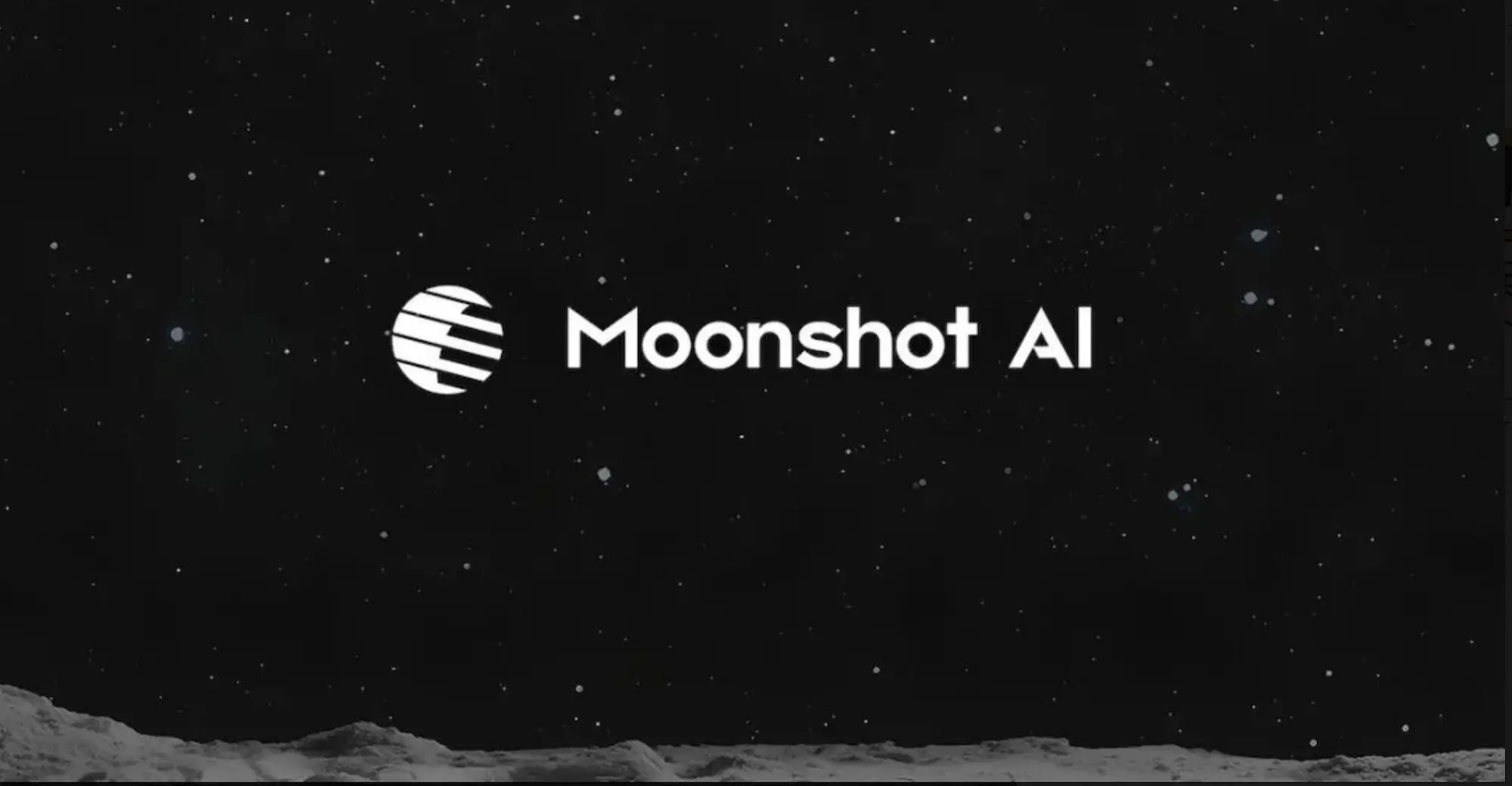
Linear Attention's Revenge: How Kimi Delta Attention Smashes the KV Cache Bottleneck
Moonshot AI's hybrid architecture delivers 6x decoding speed with 75% less memory, making 1M-token contexts actually practical.
The transformer architecture’s dirty secret has always been the KV cache - that exponentially growing memory footprint that makes long-context processing prohibitively expensive. Until now.
Moonshot AI just dropped Kimi Linear, and it’s not just another incremental optimization. This is a fundamental rethinking of how attention should work, delivering performance that honestly shouldn’t be possible: 75% reduction in KV cache usage and up to 6.3x faster decoding for contexts up to 1 million tokens.
Why Linear Attention Finally Works

Traditional transformer attention scales quadratically with sequence length. When your context goes from 1,000 to 1,000,000 tokens, computation grows by a factor of one million. The KV cache grows linearly, but at million-token scales, even linear growth becomes prohibitive.
Linear attention mechanisms have promised salvation for years, but always came with a performance tradeoff - until now. Kimi Linear doesn’t just match full attention performance, it surpasses it across multiple benchmarks while being dramatically more efficient.
The KDA Breakthrough: Fine-Grained Memory Control
At the heart of Kimi Linear is Kimi Delta Attention (KDA), a refined version of Gated DeltaNet ↗ that introduces a critical innovation: fine-grained diagonal gating.
Previous linear attention approaches used scalar forget gates - treating all feature dimensions equally. KDA gives each feature channel its own independent forget rate, creating what researchers describe as a “learnable, data-dependent position encoding mechanism.”
Think of it like RoPE (rotary position encoding) but dynamically learned rather than mathematically predetermined. This enables precise control over the finite-state RNN memory, allowing the model to selectively retain crucial information while forgetting noise.
The architecture includes optimized CUDA kernels open-sourced in FLA ↗ that make this computationally feasible. The constrained DPLR (Diagonal-Plus-Low-Rank) structure reduces computation by eliminating three matrix multiplications compared to generic implementations, achieving roughly 100% better efficiency.
Hybrid Architecture: The 3:1 Ratio That Actually Works
Kimi Linear employs a clever hybrid approach that alternates between KDA layers and traditional multi-head latent attention (MLA) layers in a 3:1 ratio. This means for every three efficient KDA layers, you get one global attention layer to capture long-range dependencies.
The implementation looks like this:
What’s particularly interesting is that the MLA layers use No Position Encoding (NoPE) - the model delegates all positional information handling to KDA layers, freeing the global attention to focus purely on content relationships.
Performance That Defies Expectations
The benchmarks tell a compelling story:
- MMLU-Pro (4k context): Kimi Linear scores 51.0 vs MLA’s 47.2
- RULER (128k context): 84.3 performance with 3.98x speedup
- Decoding throughput: 6.3x faster than MLA at 1M tokens
- Time per output token: 1.84ms vs 11.48ms for MLA
But perhaps more telling are the developer reactions. One Reddit commenter noted “the ironic shift where MiniMax decided to return to vanilla attention, while Moonshot is pushing efficiency boundaries targeting consumers rather than just their trillion-parameter models.”
Another pointed out that “while benchmark scores are slightly worse than Qwen3-30B-AB3, they achieved this with 25x fewer training tokens - which is genuinely impressive.”
Real-World Deployment Implications
For deployment, the efficiency gains translate directly to cost savings:
The 48B parameter model with 3B activated parameters (thanks to MoE architecture) means you’re getting massive model capacity without proportional computational cost. Users report running million-token contexts on relatively modest hardware - previously unthinkable for models of this size.
The Secret Sauce: Hardware-Aware Design
Kimi Linear’s performance comes from co-designing algorithms with hardware constraints. The chunkwise parallel algorithm uses inter-block recurrence with intra-block parallelism to maximize Tensor Core utilization. This isn’t just a theoretical improvement - it’s architected specifically for modern GPU architectures.
The KDA implementation reduces KV cache demands by handling most attention operations through its linear recurrent state, only occasionally tapping into the global attention layers when absolutely necessary.
What This Means for Agentic AI
The timing is significant. As AI systems evolve toward more complex agentic behaviors, they need to maintain extensive context - conversation histories, tool usage records, and reasoning traces. Traditional attention mechanisms choke under these loads.
Kimi Linear makes practical what was previously theoretical: AI systems that can maintain million-token context without requiring data center-scale resources. This isn’t just an incremental improvement - it’s an enabling technology for the next generation of AI applications.
The Open Question: Is This the Future?
The community reaction has been cautiously optimistic. While some developers are waiting for broader framework support (llama.cpp implementation requires Qwen Next architecture support first), the early consensus is that this represents a meaningful step forward.
The real test will be adoption. If KDA delivers on its promises while maintaining quality across diverse tasks, we might be looking at the beginning of the end for traditional quadratic attention in production systems.
One thing’s certain: Moonshot AI has thrown down the gauntlet. The era of “efficient attention” might finally be here, and it’s arriving with performance numbers that demand attention.
Want to try it yourself? The model is available on Hugging Face ↗ with both base and instruct variants.



